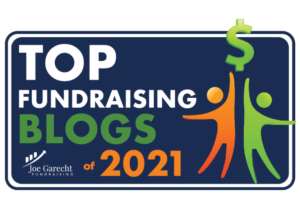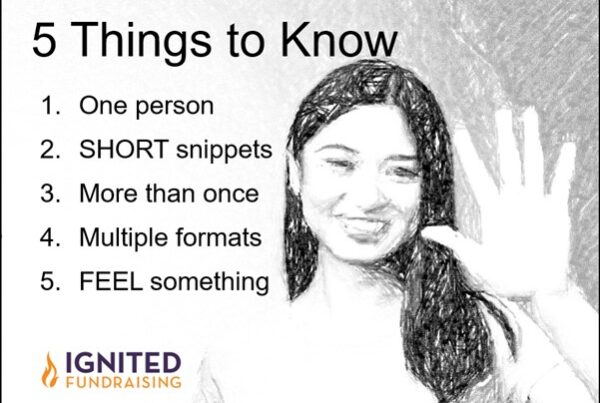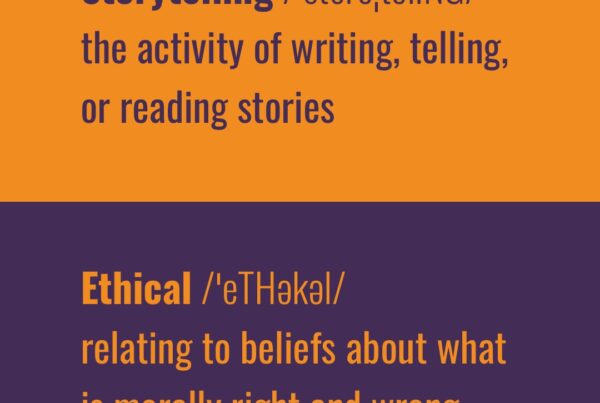You already know putting a face on your impact is key to raising more money. And that means having your staff and board tell stories about your impact. So it’s no surprise a question I’m often asked is:
“How can we get our nonprofit board to share more stories?”
My simple answer:
Your board members have to HEAR more stories to be willing and able to share them.

If you feel like you are pushing a boulder uphill to get your board members excited to share client stories or even their own reasons for joining the board, you aren’t alone.
Here’s what I find we take for granted:
- Board members understand what kind of impact story we want them to share.
- Board members know HOW to share a compelling story.
The truth?
Most of your board members don’t know how to do what you are asking them to do when you say, “Please share a story about us with your friends or family.”
Here are four ways to cause your board member to WANT to talk about your work:
1. Connect them to the people you serve regularly.
Bring a guest (a client, donor, volunteer, or someone passionate & articulate) into your board meeting to share how their life is different because of your organization.
2. Provide time and a template.
Provide a few minutes for your board members to craft their own version of the story they just heard at the board meeting.

3. Make it safe (and fun!) to practice.
Schedule time for your board members to share a story at your annual board retreat or monthly board meetings. This doesn’t have to take long: 2 minutes of a story share + 3 minutes of feedback and discussion about the how the story could be more engaging.
4. Recognize & reward.
When you learn of or hear a board member share a story about your organization, make a big deal. Reward the exact behavior you want to see continue. This could be a simple “round of applause” at a board meeting or a sign they get to display that says “This month’s Superstar Storytelling Board Member”
When you follow these four steps what you are really doing is going to infuse your mission into your board culture.
When board members are deeply connected to your mission by knowing names, ages, and the details about lives THEY are helping – they talk about those people with others. They actually share more stories.
You’ll equip your board members with exactly what they need to stay engaged and enthusiastic.






Lori, when you talk about sharing names, ages & details about the people we serve, how does that work in relation to HIPPA?
After your Leading Age presentation, I did a visit with a donor prospect sharing only first name & age of the person who has been impacted by donors and she actively listened and was impressed.
Excellent question, Sandy. And congrats on sharing a story with a donor prospect!
The first thing is, if you are able to collect a story from someone from your organization, let them know that if you are able to share their story with others, especially a donor, their story may make a difference in ways they never imagined. Ask for permission to share it and do get a written release [there are many easily found online] to use/share the story.
As per HIPPA you can’t solicit stories for fundraising…but if you are told a story by a patient/client, you can ask if it might be shared with others.
And finally when sharing a story use only the first name and an approximate age. That helps to keep things feeling professionally appropriate. But DO make sure to use a first name along with specific details. It’s often the details that are the interesting and emotionally connecting part of the story. Let me know if that helps.